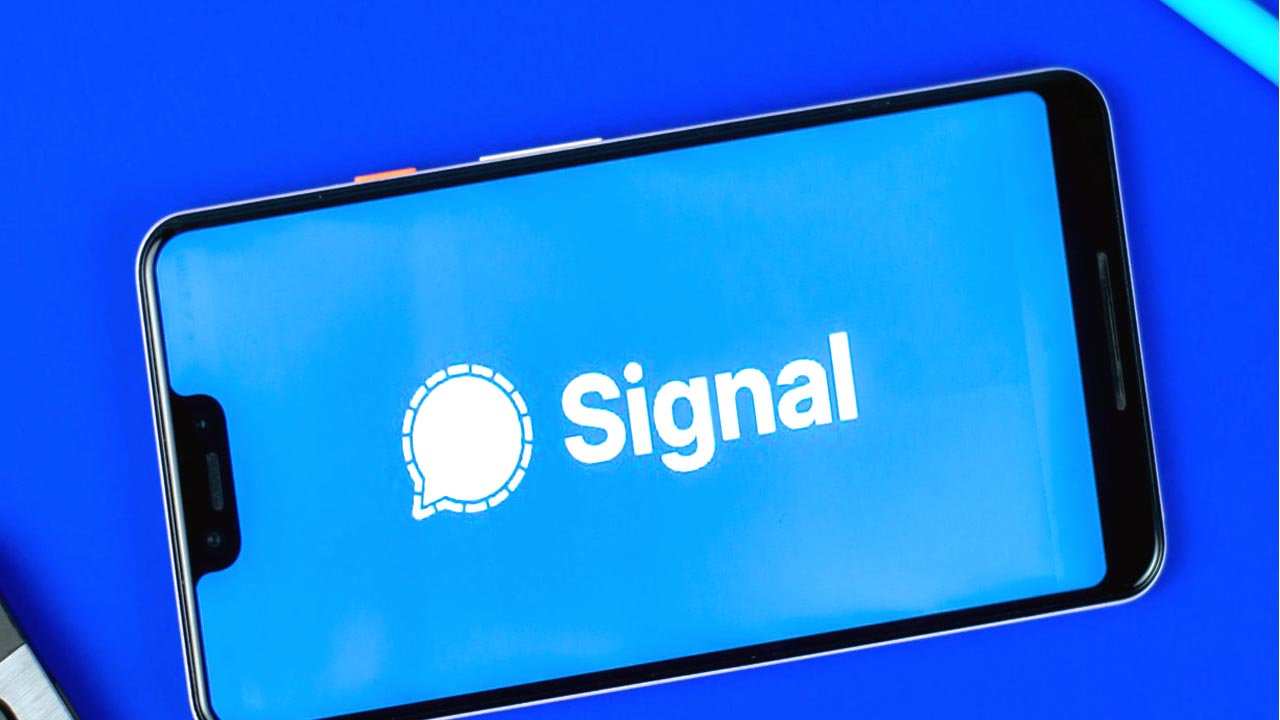
The client software includes mechanisms by which users can independently verify the identity of their contacts and the integrity of the data channel. It secures all communications with end-to-end encryption. Signal uses mobile telephone numbers as identifier for users. Registration for desktop use requires an iOS or Android device. Signal is also distributed for iOS and desktop programs for Windows, macOS, and Linux. The official Android app generally uses the proprietary Google Play Services, although it is designed to work without them. Its mobile clients are published under the GPL-3.0-only license, while the desktop client and server are published under the AGPL-3.0-only license. Signal's software is free and open-source. It is developed by the non-profit Signal Foundation and its subsidiary, Signal Messenger LLC. The application uses a centralized computing architecture, and is cross-platform software. Communication may be one-to-one between users, or for group messaging. The instant messaging function includes sending text, voice notes, images, videos, and other files. Research firm, Markets and Markets, predicted that the hybrid cloud market size is expected to grow from US$38.27 billion in 2017 to US$97.64 billion by 2023.Ĭolocation facilities provide many of the benefits of having your servers in the cloud while still maintaining physical control of your systems.Ĭloud adjacency provided by colocation facilities can enable you to leverage their low latency high bandwidth connections to the cloud as well as providing a solid connection back to your on-premises corporate network.ĭownload this white paper to find out what you need to know about enabling the hybrid cloud in your organisation.Signal is an encrypted messaging service for instant messaging, voice, and video calls. Taking advantage of compression and data deduplication can reduce your network latency. Reducing WAN latency is one of the biggest issues with hybrid cloud performance.

ENABLE HYBRID CLOUD & REDUCE NETWORK LATENCY WHITEPAPER Hybrid cloud promises to bring together the best of both worlds enabling businesses to combine the scalability and cost-effectiveness of the cloud with the performance and control that you can get from your on-premise infrastructure.


 0 kommentar(er)
0 kommentar(er)
